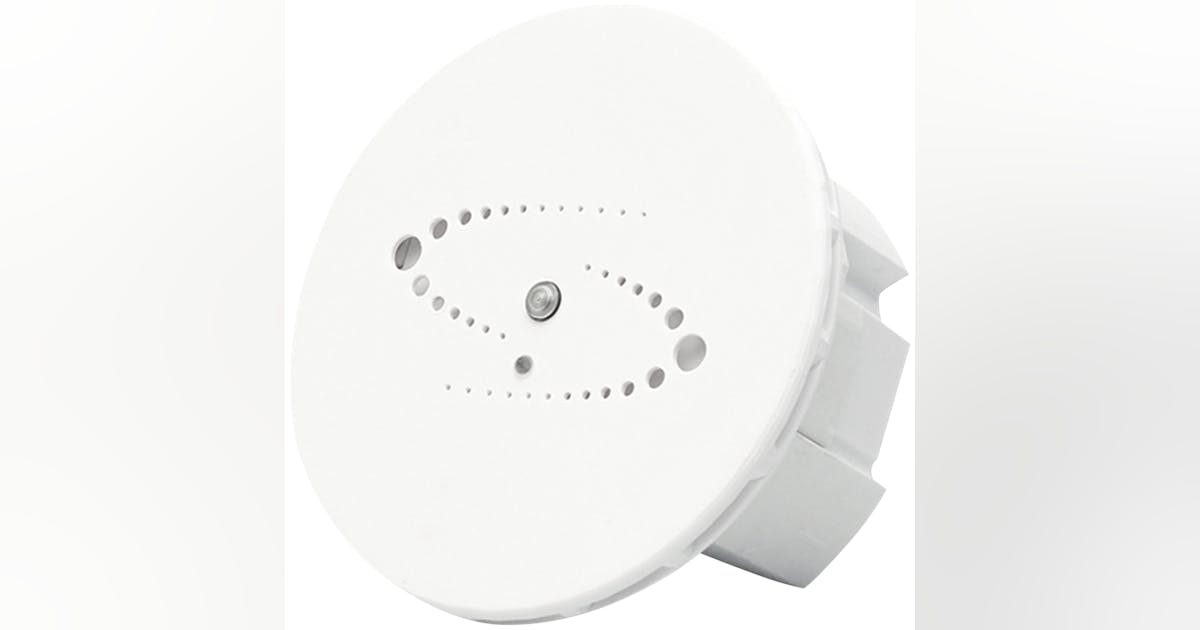Electronic cigarettes or vaping has become increasingly popular over the last few years, and along with it, concerns about the health and safety of vaping have also increased. Vaping inhalation is a major health risk especially in enclosed spaces like schools, homes, and workplaces. Vape detectors can be utilized to spot vaping in the indoor environment and help people address the problem. This article will examine the different kinds of vape detectors they come with, and the features they offer and how they are used in different settings.

Vape detectors make use of sensors to detect vape particles and smoke that is in the air. They can be used to detect the emission of vapour in indoor areas. This can be useful in enforcing smoking-free laws and identifying places where vaping may occur. Vape detectors can be found in various types, including those for use at home, in schools as well as other public areas.
Vape detector use are becoming increasingly popular among families who want to protect their children from the harmful effects of secondhand smoke. These detectors are able to be discreetly placed in living areas where smoking cigarettes could be a possibility. They use a variety of sensors to detect vaping, including PM2.5 sensors that detect particles released by vaping devices. Certain vape detectors include apps for smartphones that notify users when vaping is detected.
Schools are another setting where vape detectors are used to address the issue of smoking vapes in indoor locations. Many schools have enacted a smoking-free policy, which prohibits the use of vaping devices. Vape detectors can be utilized to enforce school policies and to identify areas the areas where students are smoking. They are typically installed in common areas, like bathrooms, hallways and locker rooms, and can be connected to an automated monitoring system which alerts school administrators whenever vaping is found.
The detectors for schools are typically superior to those for the home, because they need to extend their coverage to a wider area and distinguish between vaping or other types of smoke. They use a combination of sensors, which include laser scattering sensors to detect vaping and provide accurate readings. Certain models can differentiate between vaping pen and e-cigarettes.
Alongside schools and at home, vape detectors are also being used in other public spaces such as casinos, hotels, and even workplaces. They monitor indoor air quality and are able to detect smoking. They are intended to create a healthy, secure environment for guests as well as employees. These detectors can be placed in areas like lobbies or conference rooms. They also provide data about indoor air quality.
Vape detectors using laser scattering for the purpose of detecting vaping particles are an important characteristic. This technology is highly sensitive and can detect even small amounts of vape smoke in the air. Laser beams are used to identify the scattering of light caused by airborne particles. The vape detectors are able to give precise measurements of the indoor air quality. They can also pinpoint the areas where vaping takes place.
Vape detectors designed for home use are also equipped with a crucial feature: they are connected to smartphone apps that send out alerts and notifications in real-time whenever vaping is discovered. This feature is particularly beneficial for parents looking to monitor their children’s vaping habits or for school administrators who want to be aware of when students are using vape. Some devices for vaping have cloud-based storage of data that is useful in tracking patterns in the quality of air indoors and identifying areas that might require more attention.
Vape detectors are a simple method of detecting indoor smoking in the home, at schools, or in other public spaces. These sensors use different technology and sensors to provide precise information on indoor air quality. They can also be connected to smartphones for real-time alerts.
Vape detectors can keep people safe from harm who are exposed to indoor pollution. Vape detectors reduce the distractions that distract us and let us concentrate on assessing the air quality. The technology is relatively new and its effects still need to be studied, but there is a consensus that detectors offer great potential to improve both indoor air quality and our overall health. Vape detectors’ technology has proven to be extremely efficient in the capture of harmful elements like carbon monoxide, ultrafine particle material (PM2.5) and volatile organic compounds. Vape detectors can detect products smoking with greater accuracy and speed than they did before. Vape detectors are an important improvement in security and health. The application of this new technology is increasing and could one day be able to protect us from the dangers associated with smoking or vaping inside our homes.

